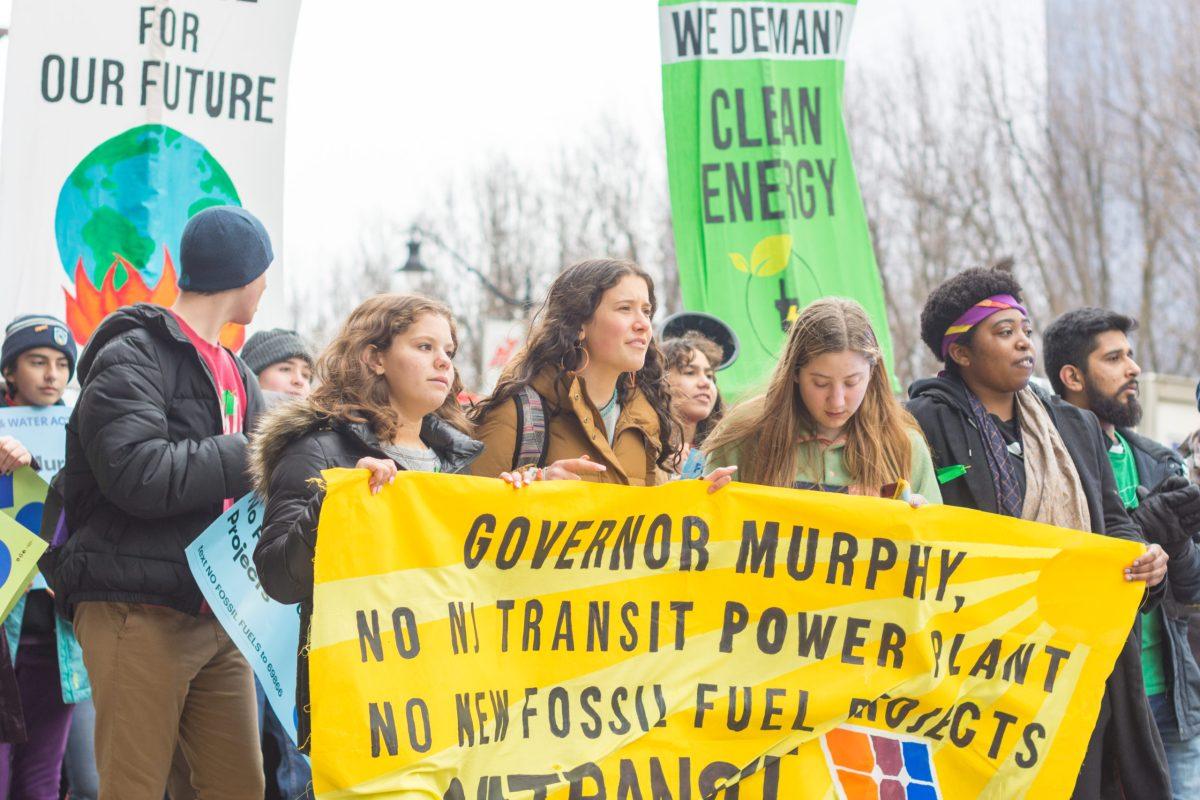The way that food is currently being produced and disposed of is not sustainable. Currently, over one-third of the planet’s land area is dedicated to agriculture, with farming accounting for over 70% of the world’s freshwater usage. The majority of our organic waste ends up in landfills. Ideally, these two ends of production and waste should somehow be connected in a mutually beneficial way. That’s where a biodigester can be very useful.
Biodigesters are tanks that are usually massive and take 60-90 days to “digest” their contents. Dr. Jay Meegoda, an NJIT civil and environmental engineering professor who conducts research on biodigesters said that biodigesters reduce greenhouse gas emissions of methane, a byproduct of many agricultural processes as well as animal and human waste. However, their size is why these machines are mostly used in large-scale farms and waste treatment facilities where there is plenty of waste to digest and no rush to digest all of it quickly. The size, as well as the smell, makes biodigesters hard to implement into urban settings. This is the hole that companies like Bubbly Dynamics are trying to fill.
Based in Chicago, Bubbly Dynamics is working on a sort of “mechanical stomach” that converts food waste into compost, biogas and a nutrient rich liquid that algae can grow in. Bubbly Dynamics proposes a closed system in which virtually zero waste is created.
To tackle the problem of poor implementation of biodigesters in urban areas, Bubbly Dynamics’ “anaerobic digester” would take food waste from urban areas and mix it with wood chips and horse manure, along with sufficient irrigation from rainwater, to make compost which can be reused as a soil conditioner to grow plants. However, the composting process produces large quantities of carbon dioxide, a greenhouse gas, and this machine wouldn’t truly be 100% efficient without taking that into account.
To address that concern, Bubbly’s next step would include taking the carbon dioxide produced by the decomposing food waste and using it to grow algae and plants, which thrive on carbon dioxide. This entire process means that over 20,000 pounds of compost could theoretically be created every month from food products that would otherwise be wasted and thrown into a landfill. This closed-loop system would create little to no waste because materials would be reused, shared, repaired and refurbished.
This model of recycling the different aspects of otherwise useless food decay into productive resources that help communities is called the circular food model.
Overall, a circular food cycle would greatly reduce waste in any major city and is potentially an innovative and effective method to combat food waste.
Editor’s Note: This article has been edited since the original October 23 publication. It has been brought to our attention that the BubblyDynamics biodigester is not yet currently operational.
































